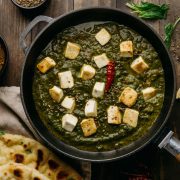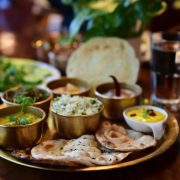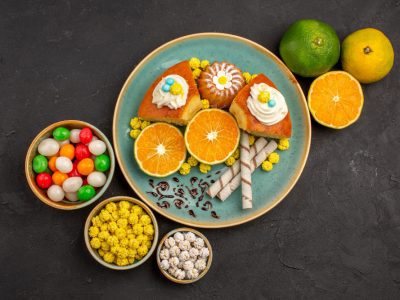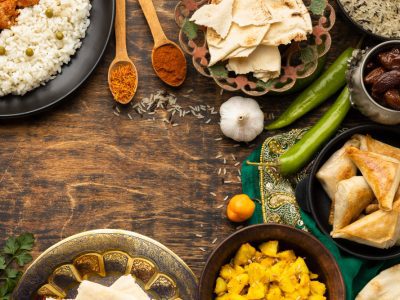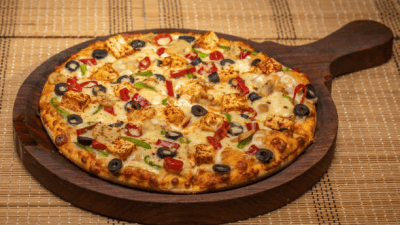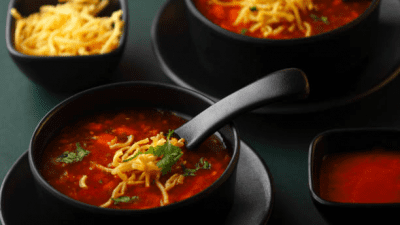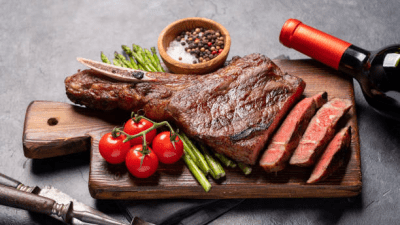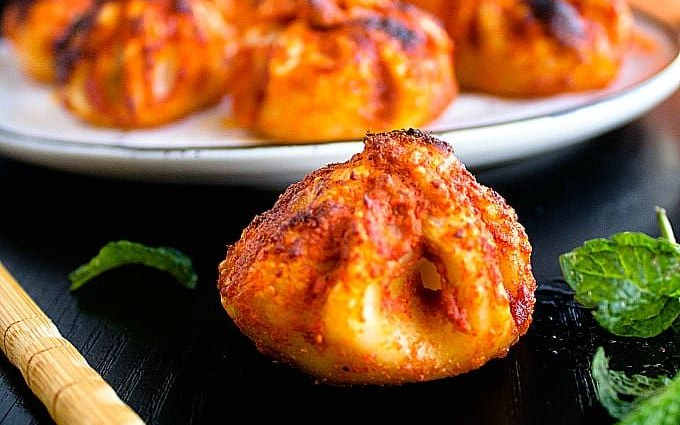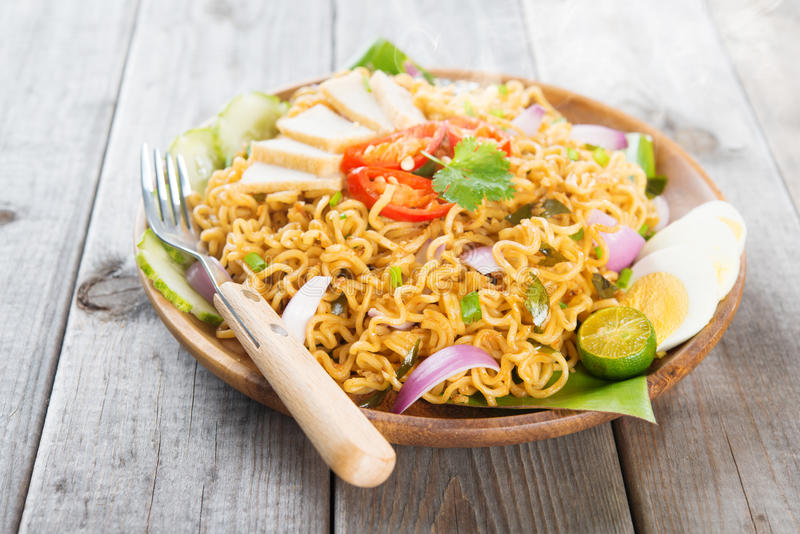Balance is key – this is the number one nutritional mantra. The North Indian thali understands this perfectly and is curated to ensure all necessary elements are added to the meal. There’s the main course, which is usually basmati rice with an option of some bread – roti, tandoori roti, naan, etc. There’s always a protein-rich curry which doesn’t authentically include non-vegetarian options.
There’s also a variety of sabzis, which ensures a good fibre intake. A sweet dish always makes an appearance. And there could be pickles, cut vegetables and curd. Together, they create the royal meal, popularly known as the thali.
The importance of the thali comes from the fact that all of its ingredients are locally sourced and seasonally available. The sabzis are different all year round.
An important detail is how little rice is served for an abundance of side dishes. This is a very Asian experience, and cultures across the continent are seen to follow this trend. An easy way to ensure a balanced meal is by increasing the fibre and vegetable intake and keeping carbohydrates to a minimum. The sabzis, curries and all little flavour busts will be explored using the rice/roti.
Origin :
The thali is thought to have originated in the Mughal court, where large silver or copper plates were used to present extravagant meals to royalty. The thali was a way to showcase all the variety the royalty could afford. It was also an excellent way to show all the food simultaneously without going through multiple servings.
The elements of a North Indian Thali
A North Indian thali is often served on a large metal platter and consists of many dishes served in small quantities. Dishes like rice, dal (lentils), vegetables, raita and dessert. It also includes breads like roti or paratha.
There’s the main course or perhaps the highlight – often a meat dish such as chicken butter masala, tandoor chicken or kebabs. These could also be substituted with paneer in those same preparations.
Rice is a staple meal and is always served with the thali. Although it is often served plain, one could also have it flavoured with spices and vegetables.
Dal – lentils are available all year long, and they’re a rich source of protein. It also provides fibre, for which reason it is included in one form or another to go along with the rice.
Bread: North Indian breads come in all shapes and sizes. The roti is the most common bread in a thali because of how soft and light it is. These are used to scoop up the side dishes on the thali and help balance the meal.
Vegetables, often called Sabzi, are included based on what was available seasonally in the thali as dry preparations to accompany the bread. Spinach, potatoes, cauliflower, etc., are added to add more nutrients to the meal.
Raita: Raita is a yogurt-based condiment which is always a part of the thali. It could have cucumber, coriander, salt and pepper, etc. The purpose of the raita is to balance the heat that the spices bring into the thali. It is refreshing and also adds probiotics.
The balance of the North Indian Thali
All the elements of the thali come together to balance the meal. It includes food from all food groups – carbohydrates, protein, fibre and dairy. It’s an easy way to ensure you get all the nutrients in your meals. While extravagant thalis are more prevalent during festivities, smaller thalis are also made for mundane meals. These also carry the principle of balance. The North Indian Thali is the perfect order for those wanting a little of everything. It’s a teaser for all that the region has to offer.
Also read – North Indian desserts: The sweet rescue
A food enthusiast and a blogger – someone who likes to eat and write about it. I’m passionate about exploring different cuisines and challenging my palette. I give into my food craving regularly and am often on the hunt to find my new favorite food place in town.

